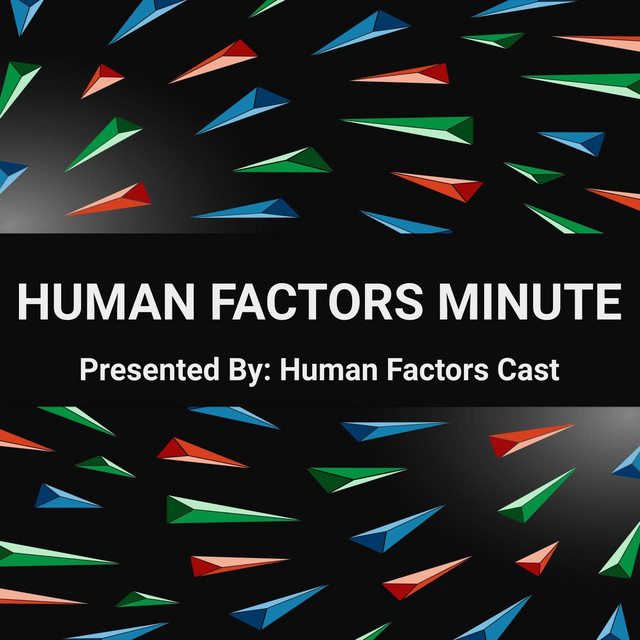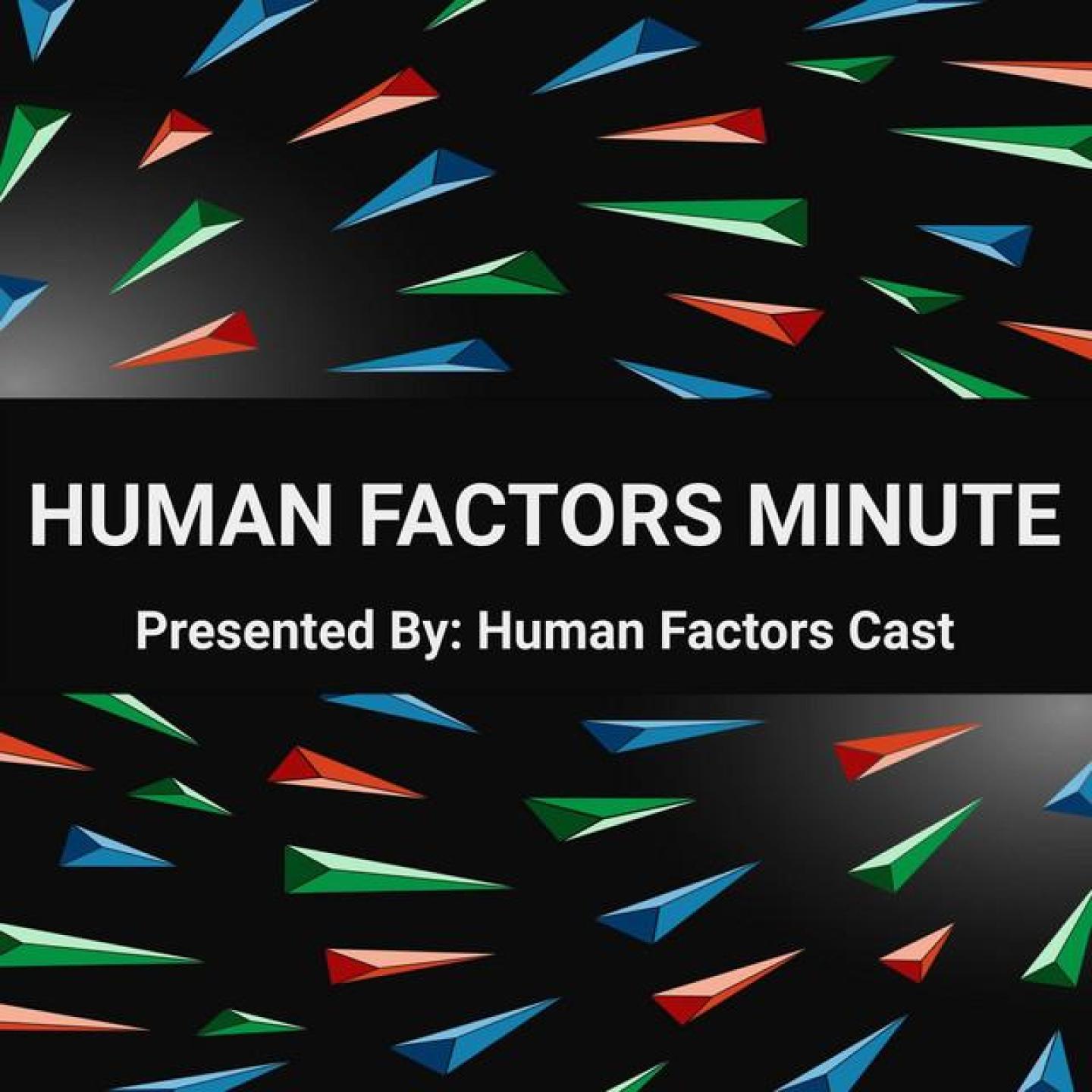Episode 57
Chernobyl (Part 6)
...and now for another Human Factors Minute!
There are a few lessons learned that we can take from the Chernobyl disaster.
Engaging our colleagues and leaders on the topics of human error, design failures and safety culture can help improve our workplaces.
Here are a few questions you can ask about your workplace:
What human factors influenced the behaviours of the operators in the control room? What factors might influence the key decisions that you and your team make?
Does your organisation impose artificial deadlines that may lead to corner-cutting or shortcuts, in order to meet targets?
Investigations sometimes conclude that an incident is the result of ‘human error’ and blame a few individuals. If we take this approach, how effective will we be at preventing similar events?
The design features of the RBMK nuclear reactors were known elsewhere, but not communicated to the personnel at Chernobyl. How does your organisation learn lessons? Do you really learn lessons (e.g. change your designs or processes), or do you simply share the messages? Does anyone follow-up that learnings have been embedded?
Are near-misses investigated and lessons shared within your company (and with the wider industry)? What might prevent such sharing?
How do you prepare staff for unusual situations, process upsets and emergencies?
How can you improve the effectiveness of on-site emergency plans (those implemented by the company) and off-site emergency plans (those implemented by the authorities)?
The criticality accident was not imagined by the designers. How can we identify and manage accident scenarios that are not currently addressed in existing analyses, safety reports or safety cases?
What are the disadvantages of relying upon operators to follow written instructions? What would be a more reliable approach?
Hopefully these questions were helpful to start applying some of the lessons learned from Chernobyl to your everyday lives.
That's all on Chernobyl for now, but we may revisit the topic in the future.
This has been another Human Factors Minute!
Be sure to check out our main show at our official website: https://www.humanfactorscast.media
Support us on these platforms to get access to the entire Human Factors Minute library:
Patreon: https://www.patreon.com/humanfactorscast
Buy us a coffee: https://www.buymeacoffee.com/hfactorspodcast
Join us on Discord:https://go.humanfactorscast.media/Discord
Follow us:
Human Factors Cast Merchandise Store: https://www.humanfactorscast.media/p/Store/
Follow us on Twitch: https://twitch.tv/HumanFactorsCast
Follow us on YouTube: https://www.youtube.com/HumanFactorsCast
Follow us on LinkedIn: https://www.linkedin.com/company/humanfactorscast
Follow us on Twitter: https://www.twitter.com/HFactorsPodcast
Follow us on Facebook: https://www.facebook.com/HumanFactorsCast
Resources:
Music by Kevin McLeod: https://incompetech.com/music/royalty-free/
Mentioned in this episode:
Support us on Patreon for access to the full library of Human Factors Minute
https://www.patreon.com/humanfactorscast


